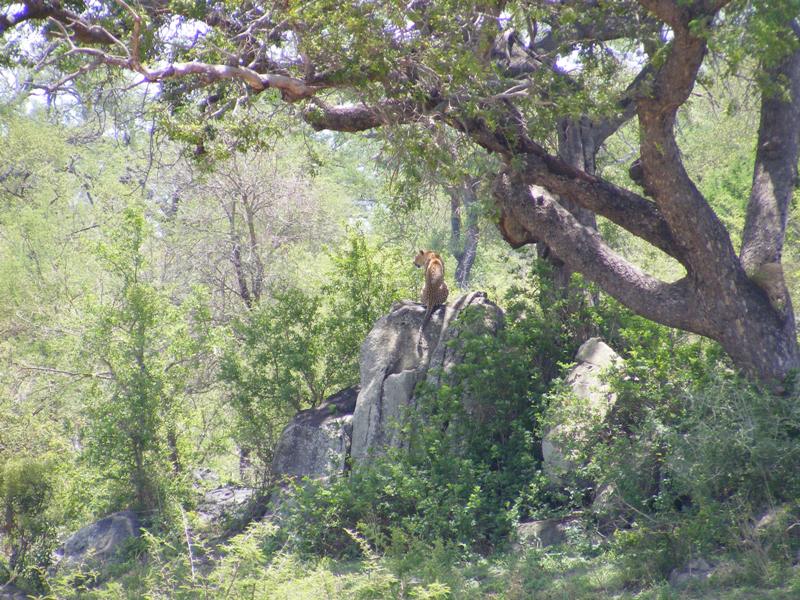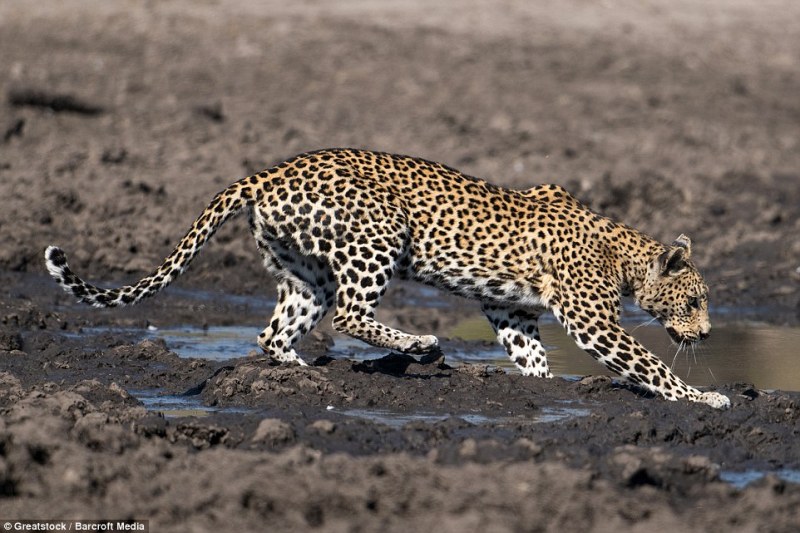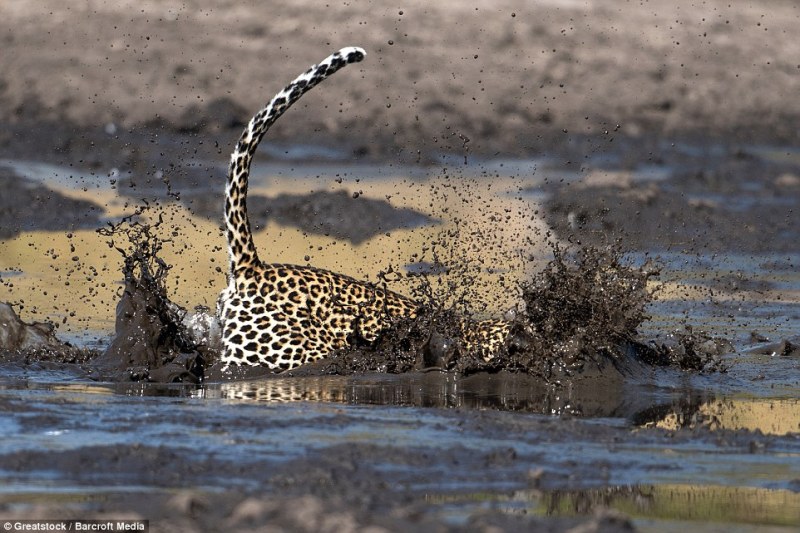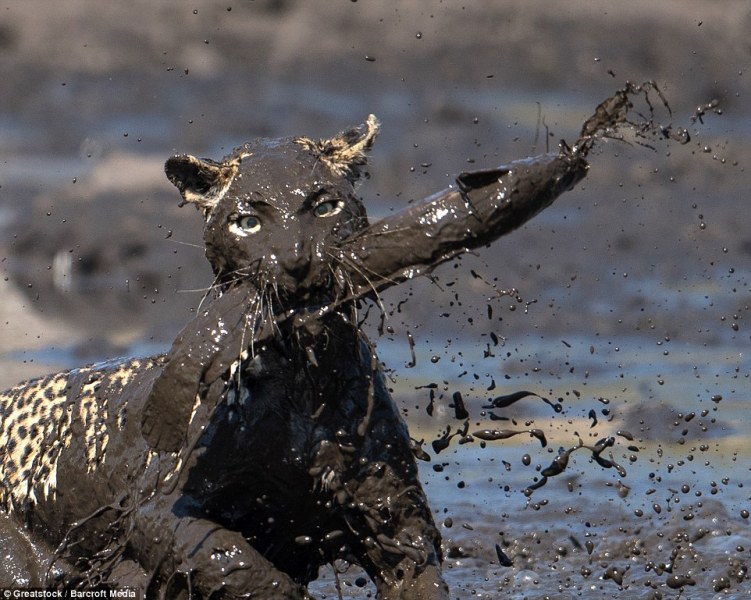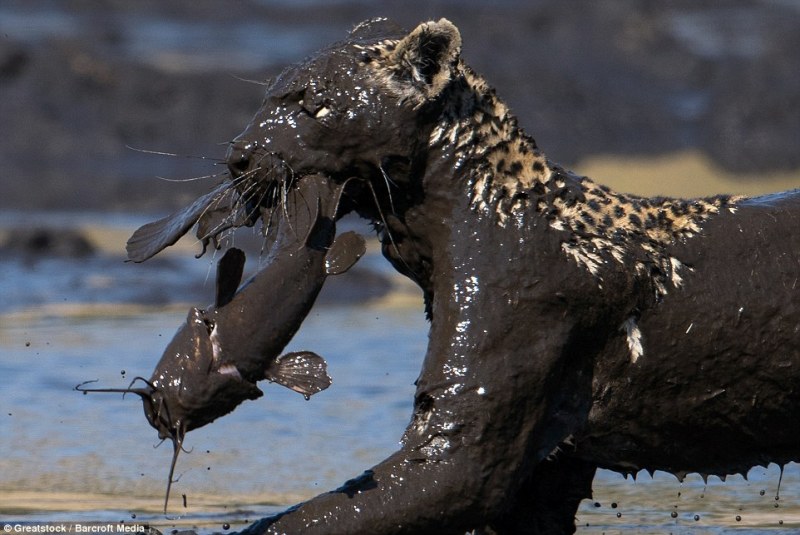Leopards are notoriously elusive and difficult to see, and this is especially the case when it comes to Cape mountain leopards. But here are 10 interesting facts from The Cape Leopard Trust that you may not know about these free roaming and enigmatic cats.
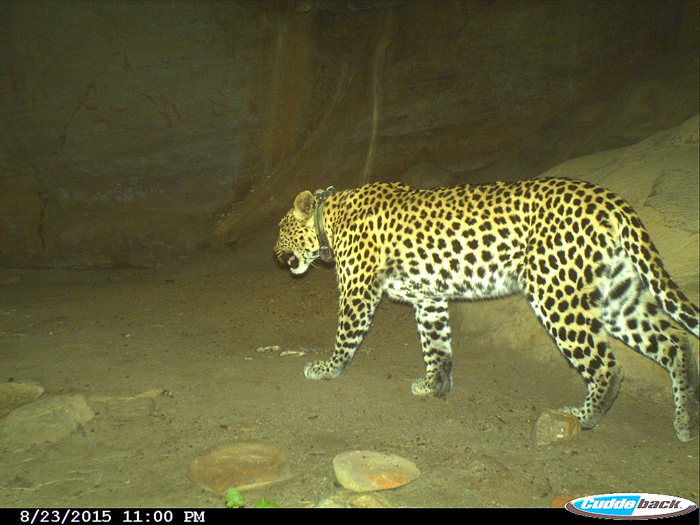
An elusive Cape mountain leopard named Crystal
1. Cape leopards are much smaller than those found elsewhere in Africa, in fact they are approximately half the mass. On average females weigh around 20kg, whereas the males weigh in at around 35kg. -
2. Despite them being smaller than other leopards, their home ranges are actually much larger. While male leopards in the Kruger National Park have a home range of 25 to 50km², the range of a Cederberg leopard is between 200 and 1,000km².
3. Contrary to popular belief, the preferred diet of Cape leopards consists of porcupines, dassies and klipspringers. Livestock is not a common choice for leopards unless food is scarce and there is an easy opportunity.
4. The difference between cheetahs and leopards is that cheetahs are built for speed and chase their prey over long distances across open terrain. They, therefore, are lighter with longer legs. A leopard, on the other hand, stalks its prey and pounces on it so they are stocky and strong, and often drag their prey to a safe place to eat. The spots are different too. Cheetahs have individual spots, while leopards have rings of spots known as rosettes. -
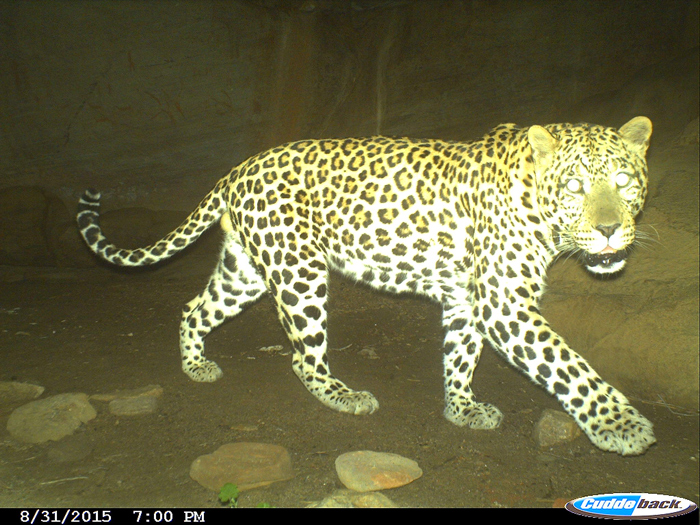
ou can clearly see the rosettes on this Cape mountain leopard named Big Boy -
5. Females give birth to two to three cubs in a litter, and the inter-birthing period is thought to be about 18 months. Different to lions, leopard females raise their young single-handedly so it helps that the litters are small. Conditions are very harsh in the Cape mountains and there is a high mortality rate in the first six months of a cub’s life. Even after that things are not easy, especially for young males who must try and avoid crossing the massive territories of older males.
6. These leopards are very shy so it is not possible to take pictures of them out in the open. The Cape Leopard Trust, therefore, uses remote field cameras so that the leopards don’t even know that they are being snapped.
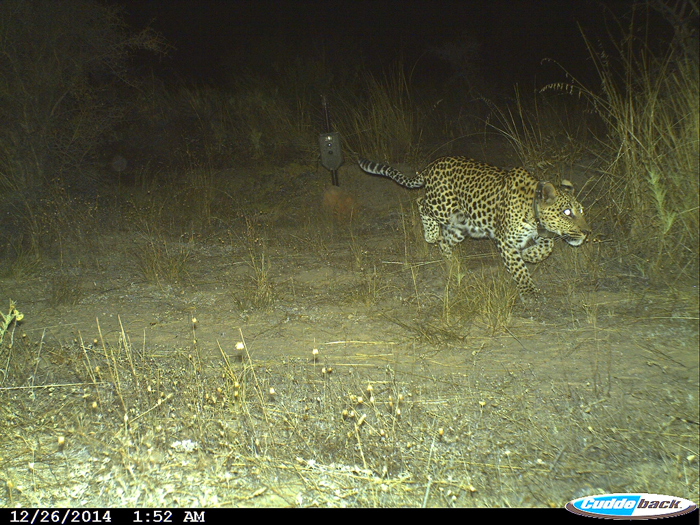
Crystal runs past the remote field cameras without realising
7. Leopards in Africa are classified as ‘Near Threatened’ on the International Union for Conservation of Nature’s Red List of Threatened Species, but leopards in the Cape are more threatened than other leopards because of urbanisation and limited suitable habitat. -
8. Habitat loss due to development, as well as direct persecution by people trying to protect their livestock, are the two most common threats to Cape leopards. However, an emerging direct and indirect threat to leopard survival is illegal hunting with wire snares. Snares are set to catch small game such as grysbok, duiker and porcupine. But uncontrolled hunting can deplete the natural prey base and impact the leopards’ ability to find food. Snares are also indiscriminate and leopards are inadvertently caught in these traps as well.
9. Due to their small size and elusive nature Cape leopards are not considered to be a danger to people, and there are no reports of unprovoked attacks. That said, they could be considered a danger if their cubs are threatened as it would be a natural instinct to defend them, even though the leopard would know the attack would be a big personal risk.
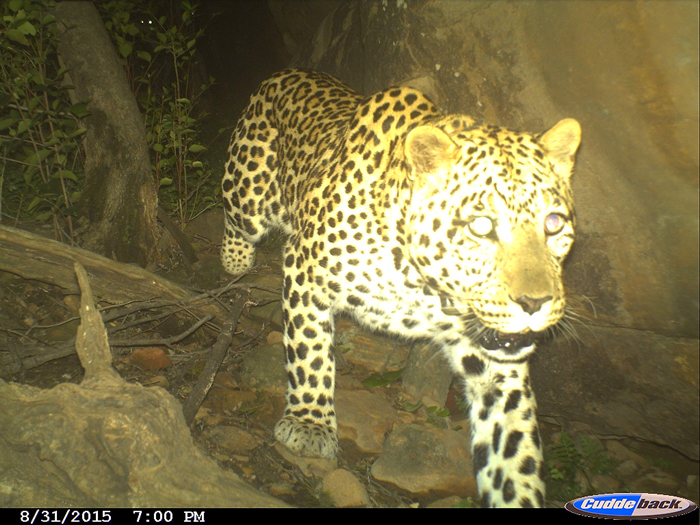
Crystal being followed by a male leopard – look for the eyes in the background
10. Apart from being beautiful creatures that epitomise the wilderness, they are also the top predator in the Cape. By doing what is necessary to protect them, we can simultaneously protect all the other animals that inhabit their ecosystem. In this respect, apex predators such as the leopard play a vital role in ensuring functioning ecosystems.
http://africageographic.com/blog/10-fac ... -leopards/